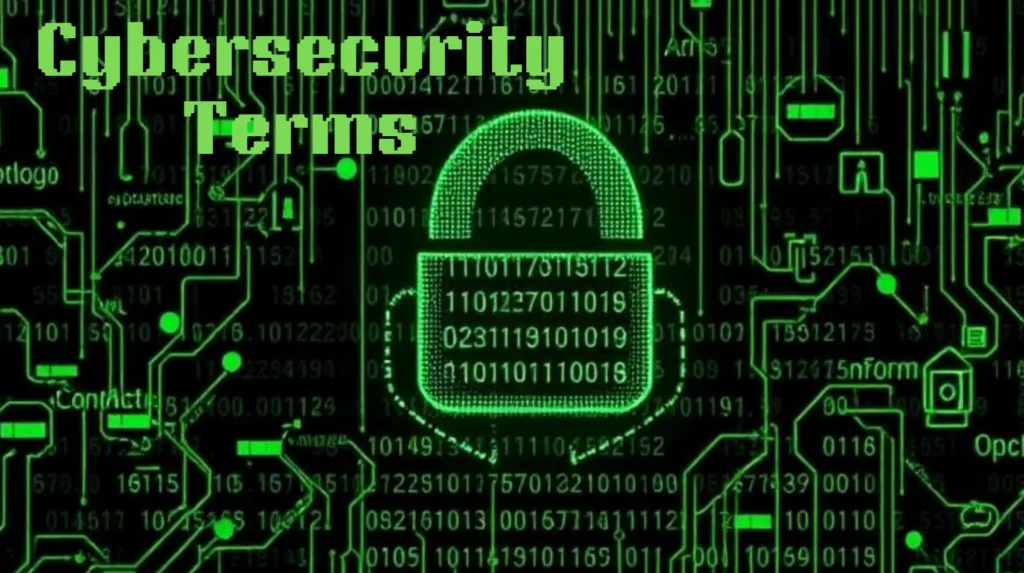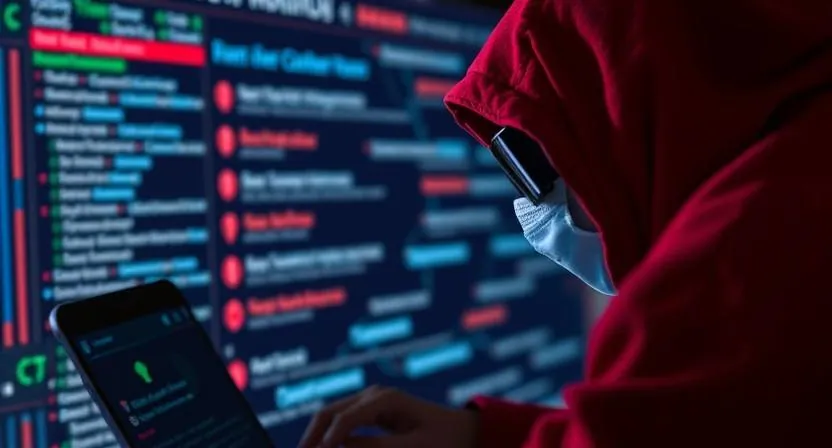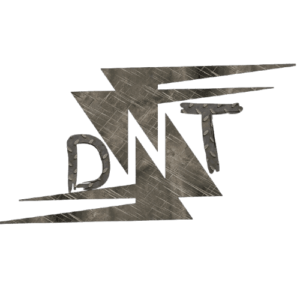Why Does Cybersecurity Jargon Sound Like a Foreign Language?
Ever felt like tech geeks speak in riddles? You’re not alone.
Cybersecurity terms can feel like a secret code, but knowing them is key to protecting yourself online.
Let’s break it down—no fluff, no cringe, just clear, straight talk.

Key Cybersecurity Terms You Need to Know
1. Brute Force Attack
A brute force attack is a trial-and-error method used by hackers to guess passwords, encryption keys, or login credentials. The attacker systematically tries all possible combinations until they find the correct one. This type of attack is often automated using software that can test thousands of passwords per second.
Example: Imagine a thief trying every possible combination on a padlock until it finally opens.
🚨 How to Stay Safe:
- Use strong, unique passwords that are difficult to guess.
- Enable account lockout after multiple failed attempts.
- Use password managers like Bitwarden to store complex passwords securely.
2. Man-in-the-Middle (MitM) Attack
A Man-in-the-Middle attack occurs when a hacker intercepts communication between two parties without their knowledge. The attacker can eavesdrop on the conversation, steal sensitive data, or even alter the communication before passing it along.
Example: If you’re connected to public Wi-Fi at a coffee shop and log in to your bank, an attacker could be secretly capturing your login credentials.
🚨 How to Protect Yourself:
- Avoid public Wi-Fi or use a VPN like NordVPN to encrypt your data.
- Always check for HTTPS in website URLs before entering personal information.
- Use end-to-end encrypted messaging apps like Signal for private conversations.
3. Two-Factor Authentication (2FA)
Two-Factor Authentication (2FA) adds an extra layer of security to account logins by requiring a second verification step, such as a one-time code sent to your phone. Even if a hacker steals your password, they won’t be able to access your account without this second factor.
🚨 Why Use It?
- Prevents unauthorized access even if your password is compromised.
- Use authentication apps like Google Authenticator or SMS codes for added protection.
4. Firewall
A firewall is a network security system that monitors and controls incoming and outgoing traffic based on security rules. It acts as a barrier between your device and potential threats from the internet.
Example: Think of a firewall as a security guard standing at the entrance of a building, deciding who is allowed to enter and who isn’t.
🚨 How to Set One Up:
- Ensure that your Windows & Mac built-in firewalls are enabled.
- Use a hardware firewall (such as a router with built-in security features).
- Regularly update firewall rules to block new threats.

5. Zero-Day Attack
A Zero-Day attack occurs when hackers exploit a previously unknown software vulnerability before developers have a chance to fix it. These attacks are dangerous because there’s no existing patch or defense at the time of exploitation.
Example: A hacker finds a flaw in a popular messaging app that allows them to access users’ private messages before the company releases a security update.
🚨 How to Protect Yourself:
- Keep your operating system, software, and applications always updated.
- Use a reputable antivirus that detects and blocks suspicious activity.
- Enable automatic security updates whenever possible.
6. VPN (Virtual Private Network)
A VPN (Virtual Private Network) creates a secure, encrypted tunnel between your device and the internet. This hides your IP address and protects your online activity from hackers, your internet service provider (ISP), and even the government.
Example: When you use public Wi-Fi at a café, a VPN stops cybercriminals from spying on your personal data.
🚨 Why You Need a VPN:
- Protects your browsing activity on unsecured networks.
- Helps bypass geo-restrictions on content (e.g., watching Netflix abroad).
- Keeps your data private from ISPs and advertisers.
- Recommended VPNs: NordVPN, ExpressVPN, and ProtonVPN.
7. Encryption
Encryption is the process of converting readable data into a scrambled format that only someone with the right key can decode. It’s a fundamental way to keep sensitive data safe from hackers.
Example: When you send a WhatsApp message, it’s encrypted so no one—including WhatsApp—can read it except you and the recipient.
🚨 Where Encryption Matters:
- Emails: Services like ProtonMail use encryption to protect emails.
- Messaging Apps: Signal and WhatsApp use end-to-end encryption.
- Files: Encrypt sensitive files using tools like VeraCrypt.
8. Penetration Testing (Pen Testing)
Penetration testing is an authorized, simulated cyberattack performed by ethical hackers to identify and fix security vulnerabilities before malicious hackers can exploit them.
Example: A company hires a cybersecurity expert to try breaking into its system, helping them find weak spots before real attackers do.
🚨 Why It’s Important:
- Identifies security gaps in networks, apps, and systems.
- Helps businesses comply with security standards.
- Reduces the risk of data breaches.
9. Zero-Day Vulnerability
A zero-day vulnerability is a software flaw unknown to the vendor, leaving users exposed to cyberattacks. Hackers exploit these flaws before a patch is available, making them extremely dangerous.
Example: A newly discovered weakness in a widely used operating system allows hackers to gain remote control over affected computers before an update is released.
🚨 How to Protect Yourself:
- Keep all software, browsers, and apps updated.
- Enable automatic security patches.
- Use advanced security software that detects suspicious activity.
Free Cybersecurity Tools You Should Use
- Have I Been Pwned (haveibeenpwned.com) – Check if your email was in a data breach.
- Bitwarden (bitwarden.com) – A free password manager to store credentials securely.
- NordVPN (nordvpn.com) – Secure your online activity with a VPN.
- CyberChef (gchq.github.io/CyberChef/) – A free tool for data encryption and analysis.
- LastPass (lastpass.com) – Another reliable password manager option.
FAQs: Real Questions, Real Answers
Q: Do I really need a VPN?
A: If you use public Wi-Fi, want to keep your browsing private, or bypass content restrictions, yes. A VPN keeps you secure and anonymous online.
Q: Is encryption really necessary for everyday use?
A: Absolutely. Whether it’s securing messages, emails, or files, encryption ensures that only the intended recipient can access the data.
Q: Can I perform penetration testing on my own network?
A: Yes, ethical hacking tools like Kali Linux allow security testing. But never test a system without permission—it’s illegal.
Q: How do I protect against zero-day attacks?
A: Keep your software updated, use a next-gen antivirus, and enable auto-patching for vulnerabilities.
Q: What’s the easiest way to improve cybersecurity?
A: Use strong passwords, enable 2FA, and avoid clicking suspicious links. Simple and effective.
Q: Do I really need antivirus software?
A: Absolutely. Even if you’re careful, malware can enter through ads, downloads, or email attachments.
Q: How do I know if a website is safe?
A: Look for HTTPS, avoid sites with poor design/spelling mistakes, and never click random pop-ups.
Q: What’s the best free cybersecurity tool?
A: “Have I Been Pwned”—it shows if your email/password was leaked online.
Know More
For more cybersecurity tips, check out DayTalk for expert insights.

